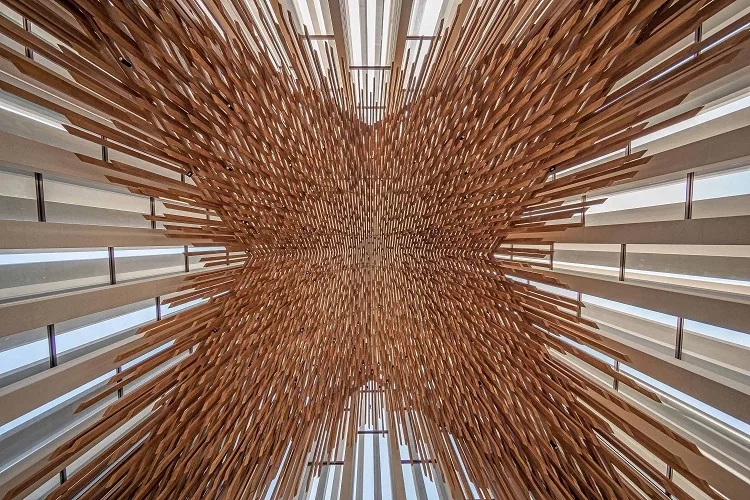
Interview with Victor Romero, Winner of the Interior Architecture Photography of the Year

Victor Romero, a highly esteemed architectural photographer, has been capturing the beauty and spirit of architecture and interior design for over two decades. His award-winning project, “Abrahamic Family House“, featured in Shawati Magazine and awarded by Architecture Photography Masterprize as Interior Architecture Photography of the Year, is clear evidence of his exceptional skill and dedication to his work. We had the pleasure of speaking with Victor to learn more about his approach to architectural photography and the inspirations behind his work.
Could you give us a little background on yourself?
Victor Romero: For over 20 years, I have been capturing architecture and interior images. My portfolio extends across the globe, encompassing commissioned projects for leading international architecture firms, prestigious luxury hospitality brands, and various government bodies in different nations.

What was the brief for the award-winning project, Abrahamic Family House?
Victor Romero: Imagine stepping into a building where the walls themselves whisper stories of acceptance and understanding, where every corner invites exploration and dialogue. This is the vision—a sanctuary where people of all faiths and backgrounds converge, not just to coexist, but to thrive together in harmony.
Please describe the photography process. How did you approach it?
Victor Romero: Typically, before I capture images, I conduct an initial examination of lighting and composition, laying the groundwork for the eventual execution of these images.
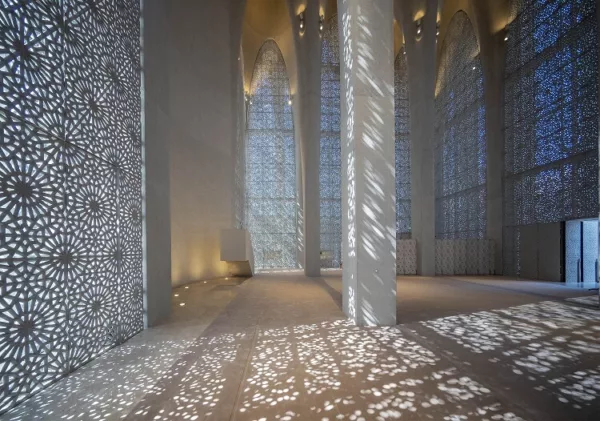
What challenges did you face throughout the photography process?
Victor Romero: Fortunately, there were no significant challenges during this project.
What is most outstanding or innovative about the project?
Victor Romero: The Abrahamic Family House aims to reflect the United Arab Emirates’ spirit of tolerance, inspired by the principles of the document on human brotherhood which calls for ensuring peaceful coexistence. It serves as a community for learning, dialogue, and faith practice, embracing the country’s values of compassion, tolerance, and cooperation.
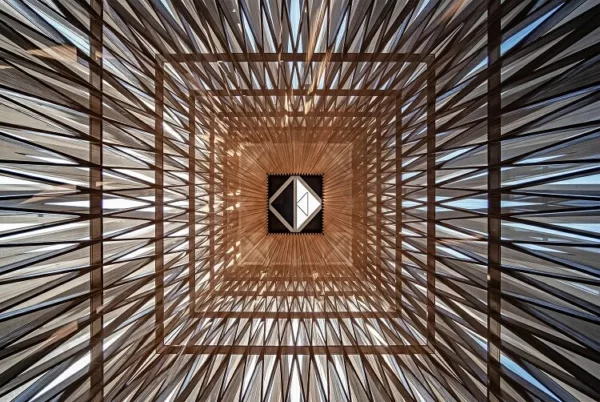
What outcomes of the photos are you most proud of?
Victor Romero: The photos showcase three separate houses of worship: a mosque, a church, and a synagogue, with two images per house of worship. Wide-angle views capture the depth and unique status of each place of worship in Islam, Christianity, and Judaism. Additionally, close-up details of each ceiling symbolize a gesture of seeking connection with the divine, with parallel lines meeting into a single-point perspective representing spiritual elevation.
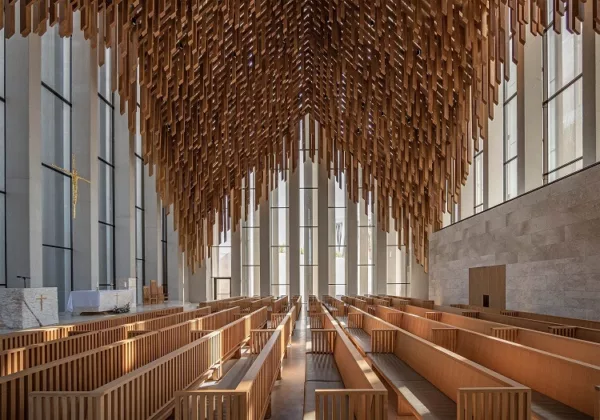
What led you to become an architectural photographer?
Victor Romero: My passion for architecture and design, a keen eye for detail, light, and perspective, and my interest in storytelling all contributed to my career choice. I enjoy capturing the beauty and functionality of buildings and interiors and sharing that with others, appreciating the impact that well-designed spaces can have on people’s lives.
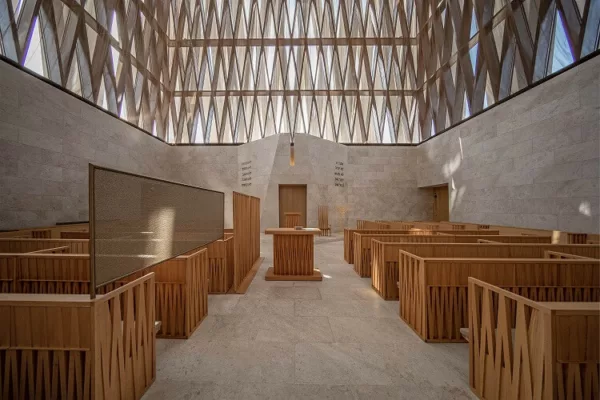
Who are your biggest influences or who do you most admire in architectural photography?
Victor Romero: Balthazar Korab, whose work emphasizes the relationship between architecture and its environment, and Andre Kertesz, who uses unconventional angles and natural light to create evocative compositions. Both have significantly influenced my approach to architectural photography.
If you could own any building or design object in the world, what would you choose and why?
Victor Romero: The Marqués de Riscal Hotel in Spain, designed by Frank Gehry, is a stunning architectural masterpiece. Its exterior features shimmering titanium ribbons that create a dynamic visual effect, while its integration with the landscape beautifully complements the surrounding vineyards.
What future trends or technologies do you feel will have a major impact on architectural photography?
Victor Romero: Advancements in AI and image processing technologies are revolutionizing architectural photography. They streamline workflows, improve image quality, and allow for creative experimentation.
How can architectural photography make a real difference to society and the world?
Victor Romero: By documenting and celebrating architectural beauty, architectural photographers can inspire appreciation for architectural excellence, raise awareness of architectural heritage, and promote dialogue about the built environment for future generations.
How do you feel about receiving an Architecture MasterPrize award for the Interior Architecture Photography of the Year?
Victor Romero: I feel grateful that my work is acknowledged by my peers. This recognition opens new opportunities for collaboration and networking with other architects and designers. It motivates me to continue pushing the boundaries of architectural creativity and excellence.
We sincerely thank Victor Romero for sharing his insights and showcasing his exceptional work on the “Abrahamic Family House.” His commitment to capturing the essence of architecture through photography is incredibly inspiring, highlighting the significant influence that thoughtfully designed spaces can have on our lives and communities.
